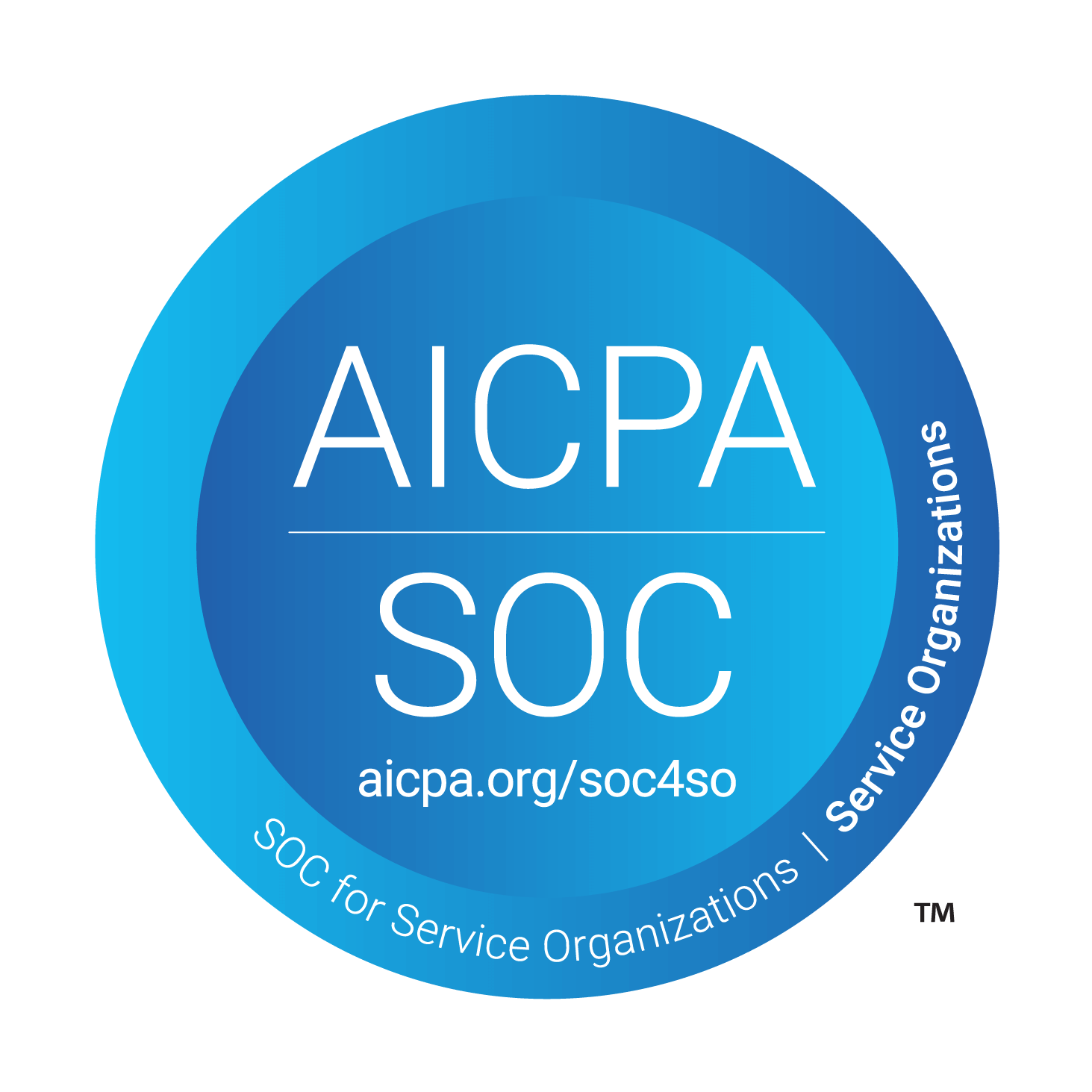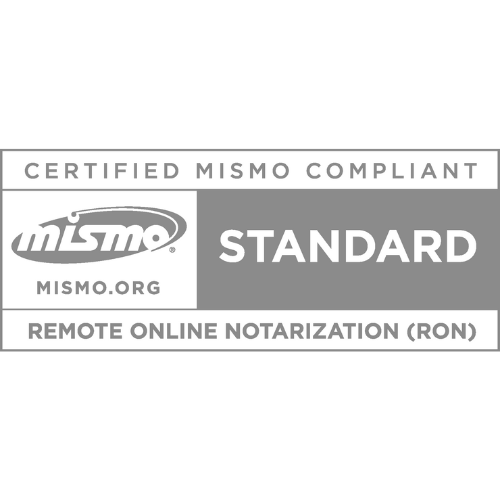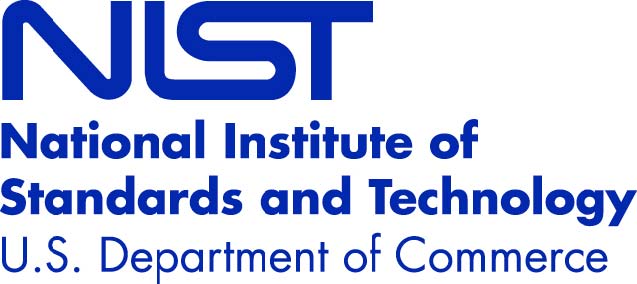Disclaimer: This blog post is for informational purposes only and does not constitute legal advice. Please consult an attorney for guidance on specific laws regarding Remote Online Notarization (RON), digital signatures, and related legal matters. As laws concerning RON and notarization are subject to frequent changes, it is advisable to verify current regulations with your local government.
If you’ve been following our series on Remote Online Notarization (RON) and loan modifications, you already know how this technology can transform FHA loan modifications and simplify loan recasts and rate modifications. But here’s the thing: RON’s potential in mortgage servicing extends far beyond these specific use cases.
The mortgage servicing landscape has evolved dramatically in recent years, with servicers managing increased loss mitigation volumes as borrowers navigate post-forbearance transitions and economic uncertainties. Traditional loss mitigation processes often involve multiple touchpoints, lengthy timelines, and documentation challenges that can frustrate both borrowers and servicers.
Remote Online Notarization offers a digital solution that can help streamline these critical processes while supporting borrowers during their most vulnerable moments.
Want to learn more about how RON can transform your servicing operations? Check out our previous articles on “Modernizing FHA Loan Modifications with Remote Online Notarization” and “Recasting Made Easy: How RON Simplifies Loan Recasts and Rate Modifications” for more insights on implementing digital notarization in your mortgage servicing processes.
The Pressure of Loss Mitigation Timelines
Let’s be honest: servicers are under tremendous pressure right now. You’re managing increased loss mitigation volumes while trying to keep borrowers happy and meet investor timelines. It’s a tough balance, especially when you’re dealing with stressed borrowers who need clear, fast solutions to avoid falling deeper into delinquency.
Here’s where traditional notarization becomes the bottleneck nobody wants to talk about. You know the drill: borrowers need to coordinate in-person appointments, mail documents back and forth, and cross their fingers that nothing gets lost in the process. Meanwhile, you’re watching deadlines approach and hoping everything comes together in time. It’s the kind of friction that can derail an otherwise successful workout arrangement, and it happens right when borrowers are most vulnerable.
The Role of RON in Loss Mitigation
Just like we’ve seen with FHA loan modifications and recasting (covered in our earlier articles), RON can transform how you handle various loss mitigation scenarios. The same principles that make RON effective for rate modifications and loan recasts apply across the broader loss mitigation landscape.
Forbearance Exit Agreements
Forbearance exit agreements are likely where you may see the most immediate impact. When borrowers are ready to transition from temporary payment relief to modified payment arrangements, RON can help complete these agreements without the usual coordination headaches. Think of it as applying the same digital efficiency used for loan modifications to the forbearance exit process.
Payment Deferral Agreements
Payment deferral agreements work similarly to the recasting process covered earlier. You’re essentially restructuring the loan terms, just with a different approach. RON can help execute these agreements digitally, giving borrowers immediate clarity on their new payment arrangement without the typical back-and-forth.
Partial Claims
Partial claims processing can benefit from RON when these loss mitigation tools require notarized documentation. By enabling digital completion of these agreements, you can help borrowers access this option more quickly, potentially avoiding more drastic measures.
Streamlined Loan Modifications for Hardship Cases
Streamlined loan modifications for hardship cases may leverage the same RON advantages discussed for FHA modifications. Whether you’re managing a rate modification, term extension, or payment reduction, digital notarization can help speed up execution and reduce borrower stress.
Note: RON laws and regulations vary significantly by state, and electronic signatures may not be accepted on all documents. Servicers should consult with legal counsel to ensure compliance with applicable state laws and investor requirements before implementing RON for loss mitigation activities.
Borrower-Centric Benefits
Here’s what your borrowers really care about: making the process as painless as possible when they’re already dealing with financial stress. RON can help you deliver on that expectation.
Convenience and Accessibility
Convenience and accessibility can mean everything to a borrower who is already dealing with financial stress. These aren’t borrowers refinancing for a lower rate. They may not have reliable transportation, could be juggling multiple jobs, or managing childcare responsibilities. Being able to complete notarized documents from home through RON can remove a significant barrier that might otherwise derail their loss mitigation.
Reduced Timeline Anxiety
Reduced timeline anxiety is huge for borrowers. Knowing they can complete paperwork quickly through RON rather than waiting on appointments or mail delays may help ease some of the pressure. It’s similar to the peace of mind we discussed for recasting: borrowers receive immediate confirmation that their documents are properly executed and that their loss mitigation process is moving forward.
Immediate Confirmation
Immediate confirmation through RON platforms can provide borrowers with instant verification that their documents have been executed correctly. This quick feedback may help reduce uncertainty and offer peace of mind during an already challenging financial situation.
Operational Efficiency for Servicers
From your perspective, RON can help solve some of the operational headaches that make loss mitigation more challenging than it needs to be.
Timeline Management
Timeline management becomes much more predictable with RON. Instead of hoping borrowers can coordinate in-person appointments or worrying about mail delays, you can schedule RON sessions more efficiently. It’s the same time-saving benefit highlighted for FHA loan modifications: you gain control over the timeline rather than being at the mercy of traditional notarization logistics.
Reduced Touch Points
Reduced touch points often result from streamlined RON processes. Completing notarized documents in a single digital session may mean fewer follow-up calls and fewer rescheduled appointments. Your staff can focus on assisting more borrowers instead of chasing down paperwork.
Cost Considerations
Cost considerations add up quickly with traditional notarization. Shipping fees, administrative overhead, and staff time for coordination can all increase operational expenses while you hope nothing gets lost in the mail. RON can help reduce these expenses while improving the borrower experience. It’s the same cost-efficiency theme highlighted throughout this series.
Scalability During Volume Surges
Scalability during volume surges is where RON can really shine. When forbearance programs expire or economic shifts create spikes in loss mitigation activity, RON platforms can typically handle increased volume better than traditional notarization. You’re not limited by the availability of notaries in your borrowers’ geographic areas, allowing you to keep processes moving even during peak demand.
Financial Impact: Speed and Cash Flow
Let’s talk about the bottom line: faster loss mitigation execution can positively impact your cash flow and investor outcomes.
Carrying Cost Reduction
Carrying cost reduction can happen when workout arrangements are completed more quickly. The shorter the delinquency period, the lower your carrying costs may be. This improvement can be especially meaningful during high-volume periods or when managing large distressed portfolios.
Investor Outcomes
Investor outcomes often improve when modifications and other workout options are executed more efficiently. Faster resolution typically supports better recovery rates and may reduce losses on distressed assets, something your investors are sure to notice.
Portfolio Management
Portfolio management becomes more predictable when loss mitigation timelines can be forecasted more accurately. RON may help you allocate resources more effectively across your servicing operations, similar to how it streamlines the modification process discussed in our FHA loan modification article.
Considerations Before Implementation
Now, before you jump in, there are some important things to consider, just like with any RON implementation.
State Law Variability
State law variability remains a key consideration. RON laws differ significantly from state to state and continue to evolve. What works for loan modifications in one state might not be permissible for loss mitigation in another. It’s important to work with legal counsel to ensure your RON processes comply with applicable state regulations and investor requirements.
Borrower Technology Readiness
Borrower technology readiness can vary widely across your portfolio. While many borrowers are comfortable with digital processes, others may not have the necessary technology or confidence to complete RON sessions effectively. Maintaining traditional notarization options for borrowers who need them remains important, just as recommended for recasting applications.
Staff Training and Workflow Integration
Staff training and workflow integration require careful planning. Your team will need to understand the new processes, and you will need to integrate RON platforms with your existing systems. Developing clear procedures for handling both digital and traditional notarization requests can help ensure a smooth borrower experience.
Vendor Selection and Integration
Vendor selection and integration considerations include platform reliability, security features, state law compliance, and the ability to integrate with your existing servicing systems. Carefully evaluating RON providers can help ensure they meet your operational needs while supporting regulatory requirements.
Technology and Security Considerations
The digital nature of RON requires robust security measures and reliable technology infrastructure to protect borrower information and ensure process integrity.
Identity Verification
Identity verification processes within RON platforms typically include multiple authentication methods to confirm borrower identity. These security measures can help prevent fraud while maintaining the convenience of digital processes.
Document Security
Document security and storage capabilities can vary among RON providers. It is important for servicers to confirm that their chosen platform meets security standards and offers appropriate document retention for loss mitigation files.
System Reliability
System reliability becomes critical when RON is integrated into time-sensitive loss mitigation processes. Servicers may want to evaluate platform uptime, technical support availability, and backup procedures to help ensure consistent service delivery.
Measuring Success and ROI
Implementing RON for loss mitigation should include clear metrics to evaluate success and return on investment.
Timeline Metrics
Timeline metrics can help servicers measure the impact of RON on loss mitigation processing times. Comparing traditional notarization timelines with RON completion times may provide valuable insights into potential efficiency gains.
Borrower Satisfaction
Borrower satisfaction surveys can help servicers understand how RON affects the borrower experience during loss mitigation. This feedback can inform future process improvements and highlight areas where additional borrower support may be helpful.
Cost Analysis
Cost analysis should include direct savings from reduced shipping and administrative expenses, along with indirect benefits tied to improved efficiency and lower carrying costs.
Volume Capacity
Volume capacity improvements can be measured by comparing loss mitigation processing capacity before and after RON implementation, especially during high-volume periods.
Future Trends and Considerations
The mortgage servicing industry continues to evolve, with digital transformation playing an increasingly important role in operational efficiency and borrower experience. Regulatory evolution in the RON space may create additional opportunities for loss mitigation applications as states refine remote notarization laws, requiring servicers to stay informed about changing requirements.
Technology integration capabilities are also improving, giving servicers more options for seamlessly incorporating RON into existing workflows and systems. Meanwhile, borrower expectations for digital convenience continue to rise across industries, and servicers who offer streamlined digital options for loss mitigation may gain a competitive advantage in borrower satisfaction and retention.
Conclusion: Why RON Should Be Part of Your Loss Mitigation Toolkit
Throughout this series, we’ve explored how RON can transform different aspects of mortgage servicing, from modernizing FHA loan modifications to simplifying loan recasts and rate modifications. Loss mitigation represents another significant opportunity to leverage this technology for both operational efficiency and improved borrower experience.
RON isn’t just about convenience: it’s about giving you more control over your processes while supporting borrowers when they need it most. The same benefits we’ve highlighted for loan modifications and recasting apply across the broader loss mitigation landscape: faster execution, reduced administrative burden, and better borrower satisfaction.
The key is thoughtful implementation. You need to understand state RON requirements where you do business, assess your borrower population’s technology readiness, and integrate RON into your existing workflows effectively. But when done right, RON can help you manage loss mitigation volumes more efficiently while supporting positive borrower outcomes.
As the mortgage servicing industry continues to evolve, digital tools like RON can help you stay competitive while fulfilling your essential role in supporting borrowers through financial difficulties. Whether you’re dealing with forbearance exits, payment deferrals, or traditional loan modifications, RON can be a valuable addition to your loss mitigation toolkit.








 Your Privacy Choices
Your Privacy Choices


